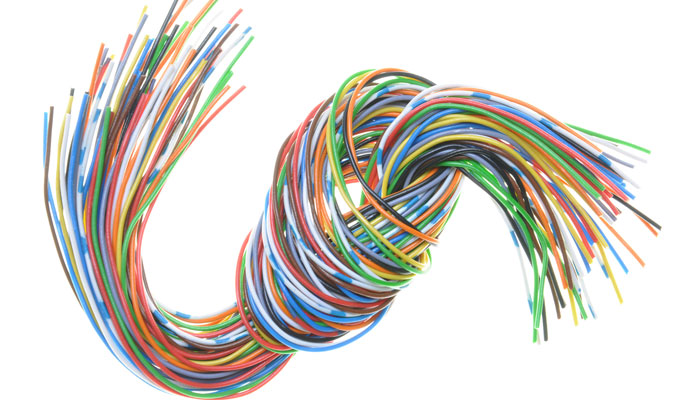Is vertical integration making a comeback?

In the headlines crawling across the screen, you can glimpse vertical integration’s revival, as companies reveal plans to control and own aspects of their business that they were until recently content to let suppliers handle. In November, Ford announced that it would partner with GlobalFoundries to develop and produce computer chips. Last summer, Home Depot chartered its own container ship. Ikea, not to be outdone, is purchasing its own shipping containers.
Related stories
Vertical integration is one of those concepts taught about in business school, an essential step in the development of industrial capitalism, along with the assembly line and interlocking parts. Its mere mention evokes sepia-toned memories of the great industrialists of a century ago who harnessed steam, steel, and electricity to create truly massive enterprises.
The thinking behind vertical integration was that it made sense for a company to control as many links in the value chain as possible. Each time something moved through a step of production—from commodity source to processor, from part-maker to assembler, from finished good to distribution, from distribution to retail—somebody would shave off some profits. If you were a hypercompetitive, efficiency-seeking machine, vertical integration offered a twofer: you could iron out costs, thus making your product more affordable for more consumers, while hoovering up those profits for yourself.
How To Do Digital Transformation The Right Way
Major sectors of manufacturing are embracing digital transformation for their own reasons and at…
0 Comments2 Minutes
November 17, 2022
Future-Proofing Your End-To-End Supply Chain For 2023
The storm clouds are gathering, threatening much worse than the current cold drizzle. Bank of…
0 Comments2 Minutes
November 17, 2022
High Expectations: Managing For Value In The Automotive Industry
After a long stretch of undershooting investors’ expectations for Economic Profit (EP) growth and…
0 Comments1 Minutes
November 16, 2022
Leveraging software offerings means looking beyond price
Your company’s software license renewal is right around the corner, and you are anticipating a…
0 Comments2 Minutes
November 15, 2022